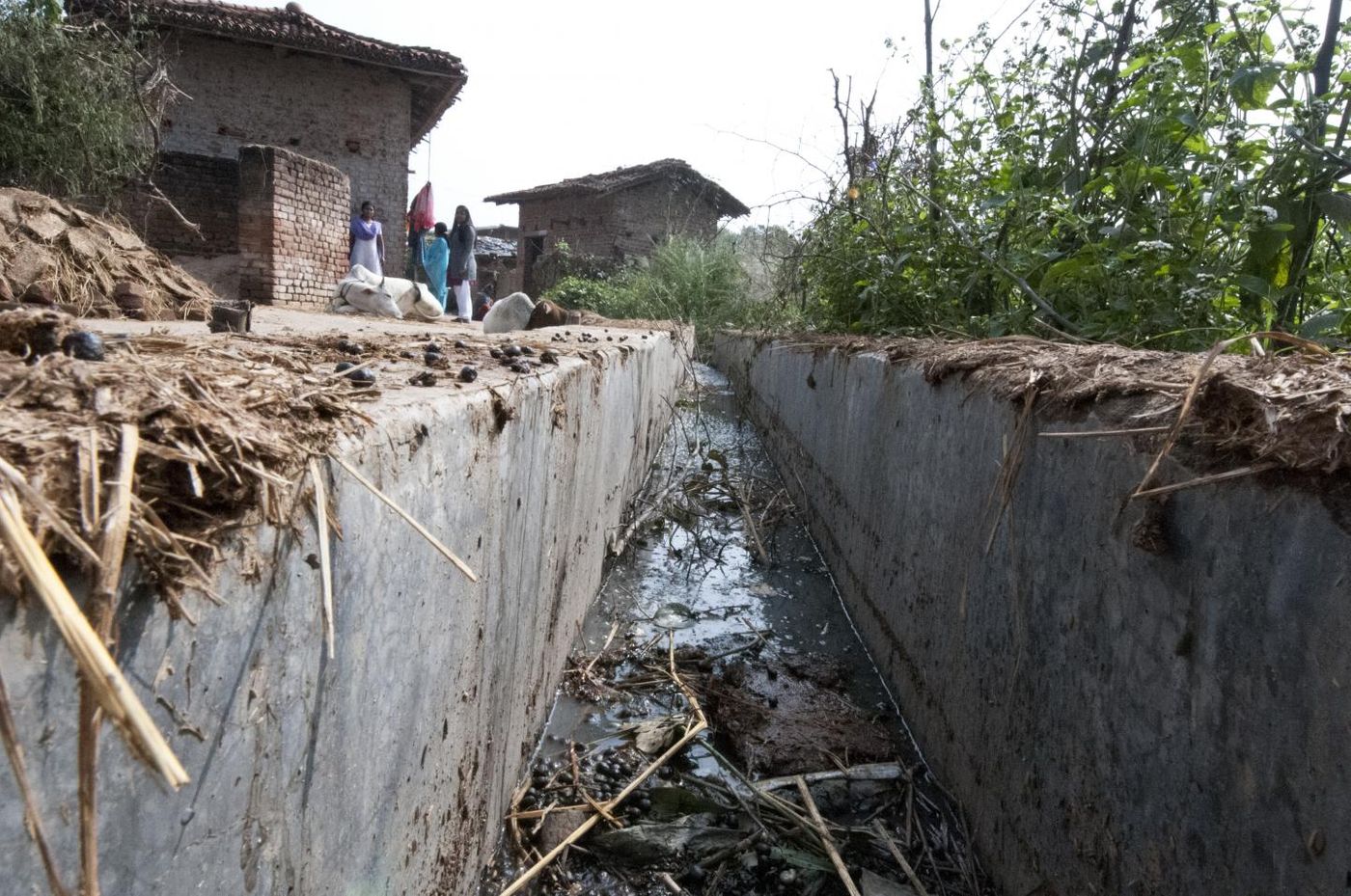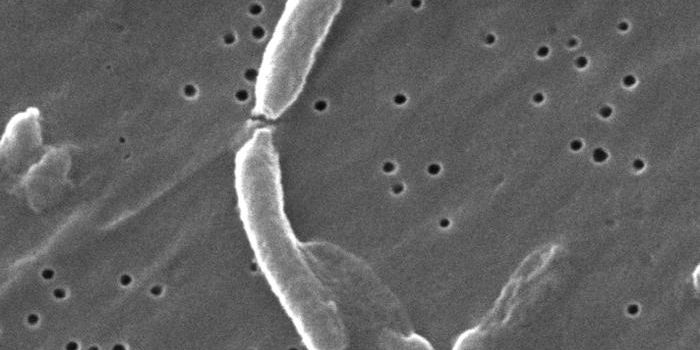Finding a Way to End a Persistent Cholera Epidemic
Over the past year, cholera outbreaks have occurred in multiple countries including Yemen, Zambia, and Somalia. Tracing back to Indonesia, 1961, the cholera epidemic spread and we have not been able to eradicate it; instead, it’s growing. New work by a team of researchers may have identified a weakness in the bacterium, which causes the illness after it is ingested through contaminated food or water. The findings have been reported in the Proceedings of the National Academy of Sciences.
Led by scientists at Michigan State and Tufts Universities, the work revealed a genetic change that has enabled this pandemic, the seventh, to persist for over fifty years. The research team also outlined a signaling network used by the bacterium - cyclic GMP-AMP (cGAMP) - and showed that the cGAMP receptor is a phospholipase enzyme that can remodel the membrane of V. cholerae membrane in the presence of cGAMP.
"When this pandemic emerged, it virtually displaced all of the other V. cholerae isolates, or previous strains, on a worldwide scale," noted co-leader of the work, Chris Waters, MSU microbiology professor. "No one really knows why this happened. Our discovery of cGAMP synthase and phospholipase, which are present only in the seventh pandemic, could be key drivers of the seventh cholera pandemic."
This pandemic is estimated to be responsible for millions of cases and the deaths of between 21,000 and 143,000 people every year. Last year, the outbreak in Yemen killed over two thousand people and was one of the biggest outbreaks in history, as described in the video from Doctors Without Borders, who are fighting this epidemic.
Geoff Severin, working in the Waters lab and Miriam Ramliden from the lab of Wai-Leung Ng, found the trove of new genes, around twenty in all, with advanced genetic techniques. That led them to the cGAMP receptor, a phospholipase. Waters looked to plant scientist Christoph Benning to learn more about the enzyme, which degrades lipids, the primary part of cell membranes.
"I immediately answered that yes we would like to help and that we could contribute to this research," Benning said. "If you break it down to the biochemistry, it doesn't matter if it's a human, bacterium or plant; we have many of the same genes and enzymes."
Benning enlisted his former grad student Kenny (Kun) Wang, who is now an expert on these types of proteins. Because they can destroy cells, they are difficult to study. They have, however, managed to learn more about how cGAMP controls it. The ultimate goal is to use the bacterium’s abilities against it.
"We think this new system is one of the key elements that led to the emergence and persistence of the current pandemic," co-study leader Ng said, Tufts microbiologist. "Our future research will try to understand the role that the cGAMP/phospholipase system played in this emergence."
Sources: AAAS/Eurekalert! Via Michigan State University, WHO, PNAS









